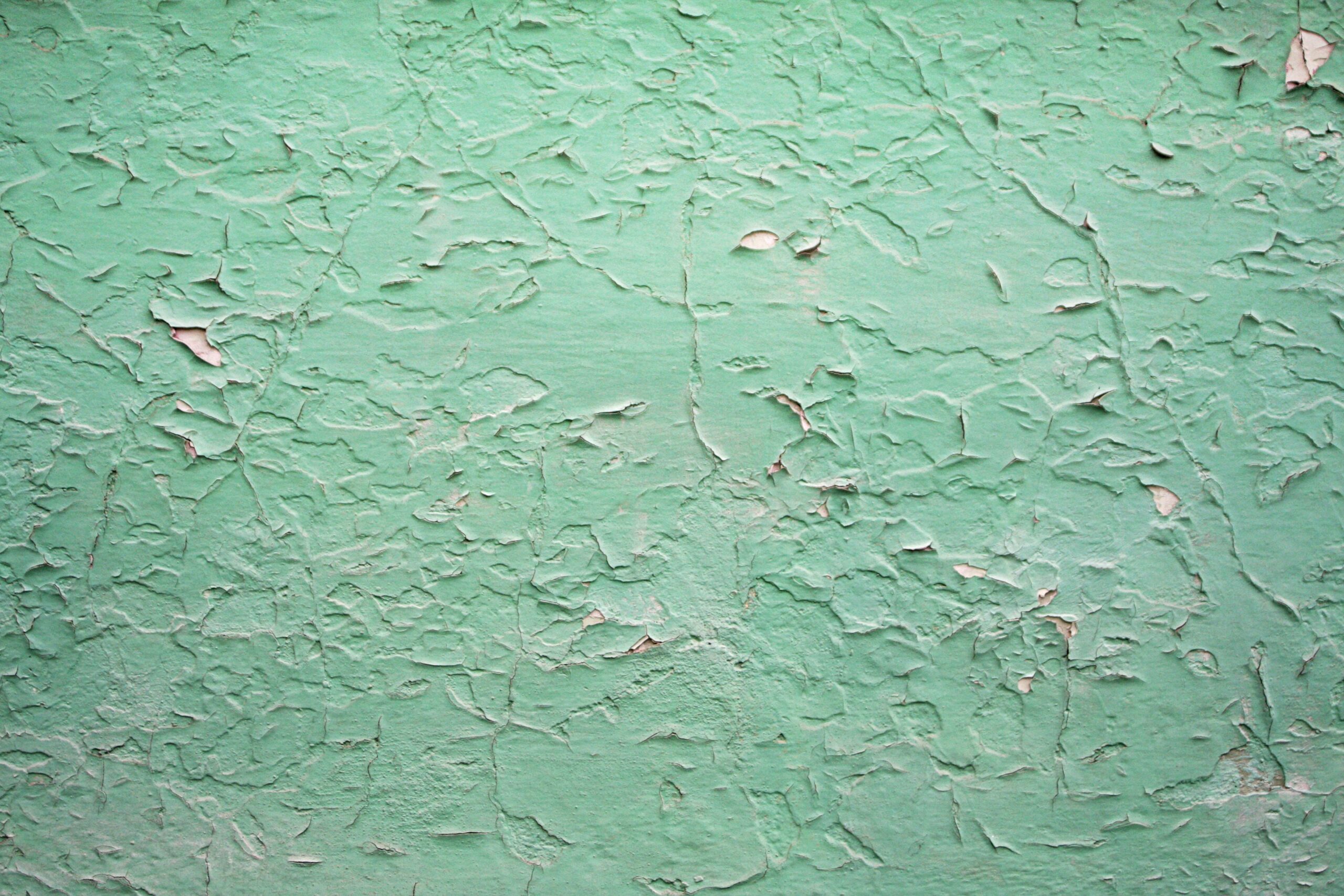Are you curious about keloid scars? Wondering about the causes, treatment options, and psychological impact they can have on individuals? Look no further! In this article, we will uncover the truth behind keloid scars and provide you with all the facts you need to know. From debunking myths to presenting evidence-based information, we aim to empower you with comprehensive knowledge about this common skin condition. So, prepare to delve into the fascinating world of keloid scars and gain insights that will guide you on your journey towards understanding and managing this often misunderstood affliction.

Keloid Scar Facts
A keloid scar is not just a simple scar on the skin. It’s a thick raised scar that forms after an injury, often causing emotional distress. In this article, we will delve into the causes, treatment options, and psychological impact of keloid scars, providing you with all the facts you need to understand and manage this skin condition.
Causes of Keloid Scars
The exact cause of keloid scars remains unknown; however, experts believe it’s a dysfunction in the wound-healing process. Keloids commonly occur on earlobes, shoulders, cheeks, or the chest, and individuals with brown or Black skin are more prone to developing them. Additionally, genetics play a role in keloid scar formation. But what triggers the development of these raised scars?
- Trauma: Any injury to the skin, such as cuts, burns, or piercings, can lead to the formation of keloid scars.
- Surgical Procedures: Even surgical incisions can result in keloid scars, particularly in individuals with a predisposition.
- Infections or Skin Conditions: Keloids can also develop as a result of skin conditions like acne or infections such as chickenpox.
Symptoms and Psychological Impact
Keloid scars are characterized by their thick, irregular scarring, which often protrudes above the skin’s surface. Other symptoms include darkening of the skin, itching, redness, and swollen blood vessels. While keloid scars are not harmful to physical health, they can have a significant psychological impact on individuals. Living with keloid scars can cause emotional distress, affecting an individual’s self-esteem, body image, and overall quality of life.
Treatment Options for Keloid Scars
If you’re dealing with keloid scars, there is hope. Several treatment options can help alleviate their appearance and symptoms. It’s important to note that treatment may not completely eliminate keloid scars, but it can improve their appearance and reduce discomfort. Let’s explore some options:
- Surgical Removal: Surgical excision involves cutting out the keloid scar. However, it may carry the risk of the scar returning and potentially growing larger.
- Corticosteroid Injections: These injections help flatten keloid scars and relieve itching and pain. They can be effective, but multiple treatments over time may be necessary.
- Silicone Sheets or Gels: Applying silicone sheets or gels to the keloid scar can help flatten and soften it, improving its appearance.
- Cryotherapy: This treatment involves freezing the keloid scar with liquid nitrogen, causing it to flatten and reduce in size.
- Laser Therapy: Laser treatment can effectively reduce the redness and thickness of keloid scars.
- Radiation Therapy: In some cases, low-dose radiation therapy may be recommended to shrink keloid scars.
It’s important to consult with a dermatologist or healthcare professional to determine the most suitable treatment option based on your specific circumstances.
Prevention Tips for Keloid Scars
While keloid scars cannot always be prevented, you can take certain precautions to minimize their risk, especially after an injury or surgical procedure. Good wound care is essential. Here are some prevention tips to keep in mind:
- Cleanliness: Keep the wound clean by washing it gently with mild soap and water.
- Moisturize: Apply an appropriate ointment or cream to the wound to keep it moist and promote healing.
- Avoid Tension: Minimize tension on the wound by using steri-strips or bandages that apply gentle pressure, preventing excessive scar formation.
- Protect from Sun Exposure: Shield the healing wound from direct sunlight to prevent discoloration and minimize the risk of developing keloid scars.
Remember, prevention is key, but it is not always foolproof. If you are prone to keloid scars, consulting with a healthcare professional can help you develop a suitable prevention plan.
Conclusion
Keloid scars can have a profound impact on an individual’s life, both physically and emotionally. Understanding the causes, treatment options, and preventive measures can empower individuals to manage and cope with this skin condition effectively. Remember, if you have keloid scars or are at risk of developing them, consulting with a healthcare professional will provide you with the guidance and support you need throughout your journey.
Keloid scars can be puzzling and fascinating at the same time. Did you know that these scars are actually an overgrowth of collagen during the healing process? If you’re curious to learn more fun facts about keloid scars, click here: fun facts about keloid scars. Discover why some people are more prone to developing keloids, the different treatment options available, and some amazing stories of individuals who have embraced their keloid scars as unique works of art. Prepare to be amazed by the intriguing world of keloid scars!
FAQ
Q: What are keloid scars?
A: Keloid scars are thick raised scars that form on the skin after an injury. They are characterized by their irregular shape and may appear dark in color.
Q: Where do keloid scars commonly occur on the body?
A: Keloid scars commonly occur on earlobes, shoulders, cheeks, or the chest.
Q: Who is more prone to developing keloid scars?
A: People with brown or Black skin are more prone to developing keloid scars.
Q: What causes keloid scars to form?
A: The exact cause of keloid scars is unknown, but it is believed to be a dysfunction of the wound-healing process.
Q: What are the treatment options for keloid scars?
A: Treatment options for keloid scars include surgical removal, corticosteroid injections, silicone sheets or gels, cryotherapy, laser therapy, and radiation therapy.
- Unlock Water’s Symbolism: A Cross-Cultural Exploration - April 20, 2025
- Identify Black and White Snakes: Venomous or Harmless? - April 20, 2025
- Unlocking Potential: Origins High School’s NYC Story - April 20, 2025















